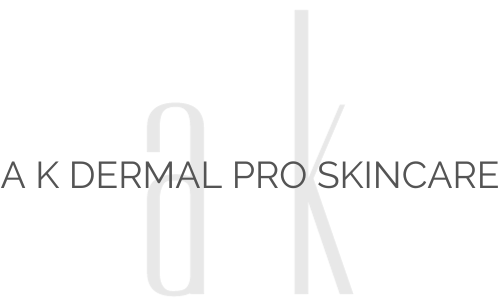I'm sure you always hear that exfoliating should be an important part of our skin care routine. But why? You might think it's so that our skin is perfectly silky to the touch or for those that wear make up, our application will go on smoother. Those are some reasons yes, but it goes a lot deeper than just surface level.
Our skin is broken into layers; The Epidermis, which is the outermost layer of skin, that basically provides a waterproof barrier and creates our skin tone. Then there's the Dermis. The Dermis contains, collagen (retains moisture to give strength and structure), elastin (a protein that adds elasticity to connective tissues that will help the skin to return to its original position when it is pulled or pinched), veins, sebaceous (oil) glands, sweat glands and hair follicles. The last layer of the skin is the Hypodermis which contains fat and connective tissues.

Our skin has dried flaky dead cells sitting on the surface and it takes time for fresh new plump cells to surface from the deepest layers. This is known as, cellular turnover. It is a major factor in how our skin looks and feels. Notice how plump a baby's skin is? When we are babies, cellular turnover can happen in as little as two weeks. Unfortunately as we age (and lifestyle choices like smoking), cellular turnover slows and can take anywhere from 45 to 90 days to renew. This decrease in turnover is from a slow loss in collagen and elastin. I explain it to clients as if collagen and elastin are our money, and as we age collagen and elastin are being withdrawn from our bank.
These dead cells sitting on the surface cause our skin to have that dull, dry and wrinkled appearance. Enlarged pores (which we all hate) are also another key trigger from slower turnover. Enlarged pores get clogged with dead skin and oil, which is why we still experience breakouts at almost any age.
So, what can we do about this? Let's exfoliate! By exfoliating you are removing that surface level of dead, flaky skin cells and allowing the new fresh plump cells from the deepest layer to come to the surface a lot sooner. There are many different ways to achieve this. In the form of scrubs, chemical peels, manual devices such as different forms of Microdermabrasion (and my favorite Dermalinfusion), and Vitamin A (Retinol). Retinol is something that can be used daily for a duration of time, however in aged or thinner skin it can be damaging if over used.
Alpha Hydroxy Acid (Glycolic Acid) is another excellent form of an exfoliant. It works by breaking down the glue between dead skin cells allowing them to slough off. You can find AHA's or Glycolic Acid in lower concentrations in cleansers, masks, and even scrubs. This can be great for at home use for maintenance. I usually would recommend this over Retinol to begin with as it can be gentler when used for long periods of time. The higher percentages (concentration) of Glycolic should only be used by or under a professional.
By performing any of these ways of exfoliating you are preventing deeper lines from forming, minimizing pore size, reducing hyper pigmentation (brown spots) and allowing your skin to maintain a brighter appearance. This also allows your serums or moisturizers to penetrate and do their job. For best results, once or twice a week use a scrub at home. If you have the time follow it with your mask then your serum or moisturizer.
I hope you find this helpful in achieving brighter, plumper skin!

